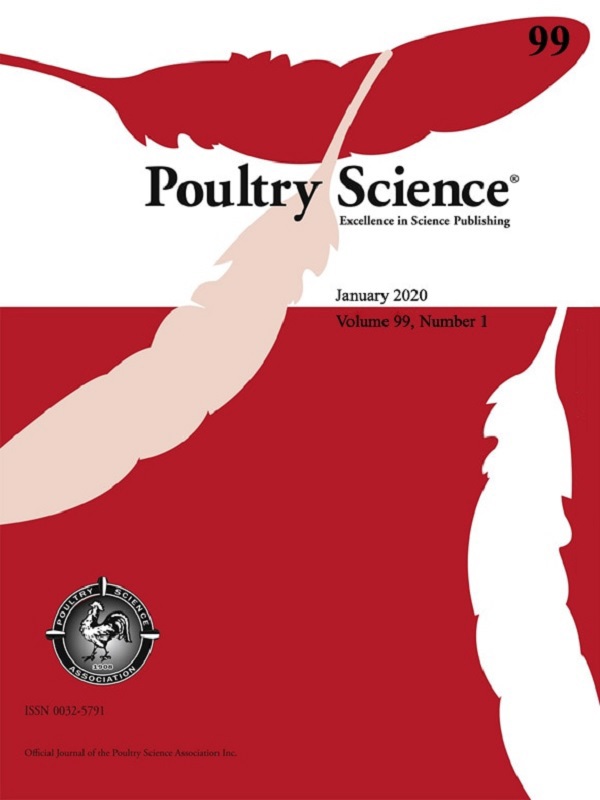
Bioelectrical impedance analysis (BIA) was performed in males and females of 2 different broiler strains from 0 to 42 d of age to develop and validate equations to predict body composition (BC). A total of 528 birds, 132 birds per sex and strain (Ross 308 and Cobb 500) were used in the experiment. Birds were fed ad libitum following CVB recommendations with a common starter (0−14 d), grower (15−29 d), and finisher diet (30−42 d). Bioelectrical impedance analysis was measured weekly from 0 to 42 d. Birds were euthanized, frozen and ground for sample collection. Each sample was analyzed through proximate analysis for dry matter (DM), protein, fat, ash, and energy content. Water (%), protein and ash (% DM) decreased with age (77.5−67.5, 69.1−52.2, and 8.12−7.29, respectively; P < 0.0001); whereas fat (% DM) and energy (cal/g DM) increased with the age (20.7−36.4 and 5,421−6151, respectively; P < 0.0001). Males had significantly higher water (%) and protein (% DM) contents, and lower lipid (% DM) deposits than females (70.5, 55.5, and 32.6 vs. 69.6, 54.6, and 33.7, respectively; P < 0.0001). Cobb 500 had a higher fat and lower protein (% DM) and water (%) content than Ross (34.6, 54.0, and 69.7 vs. 31.7, 56.1, and 70.4, respectively; P < 0.0001). A multiple linear regression analysis was carried out to select the equation model to predict BC using the relative mean prediction error (RMPE, %) to evaluate the accuracy. The coefficients of determination (R2) to estimate water (%), protein, fat, ash (% DM) and energy content (cal/g DM) were 0.909, 0.825, 0.795, 0.493, and 0.838, respectively, and the RMPE were 1.26, 3.46, 7.73, 8.85, and 1.86%, respectively. A t test analysis was run, observing no differences in any of the parameters under study between the analyzed and estimated values. Based on these results, we can conclude that BIA can be used as a valid non-invasive technique to estimate in vivo BC in broilers.


